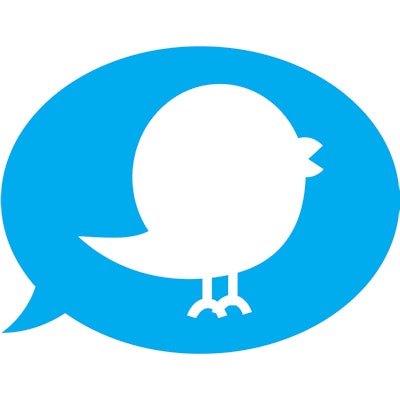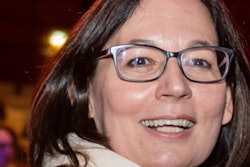
The shift to virtual conferences during the COVID-19 pandemic could have an unexpected consequence -- a plunge in Twitter activity during virtual meetings, according to a study published January 20 in Insights into Imaging.
The researchers documented a 43% decline in the number of tweets sent during the 2020 RSNA conference, which was held virtually due to the pandemic, compared with the 2019 edition, which took place in person before the pandemic began. There was also a decline in the number of individual Twitter users participating in the meeting, as well as more retweets per tweet in 2019 compared with 2020.
Since its founding in 2006, Twitter has become a major platform for communication and interaction in healthcare, with participation rapidly increasing among both providers and researchers in radiology, noted the researchers, led by Nedim Christoph Beste, Dr. Thomas Dratsch, and Dr. Daniel Pinto dos Santos of University Hospital of Cologne. The researchers originally wanted to measure growth in Twitter use for specialized topics like artificial intelligence at the RSNA meeting, but after the RSNA show was held virtually in 2020, they decided to shift their focus to the impact of virtual meetings on Twitter engagement.
The researchers assessed Twitter activity using a variety of metrics, including tweets, hashtags, and user information. They based most of their assessments on the main conference hashtags of #rsna2019 and #rsna19 for the 2019 conference, and #rsna2020 and #rsna20 for the 2020 meeting. They accessed data for three days before and after conference dates using the Twitter application programming interface (API) using the R Studio statistical software.
In addition to tweet activity, the researchers analyzed metrics of individual Twitter users and analyzed their friends and followers. They also sorted Twitter users by type of account, including "personal," "educational/nonprofit," and "business."
The team found a sharp decline in activity from 2019 to 2020 across a variety of metrics.
| Change in Twitter activity at RSNA show, 2019 vs. 2020 | |||
| 2019 | 2020 | Percent change | |
| Registered attendees | 51,800 | 29,339 | -43% |
| No. of tweets sent | 11,880 | 6,770 | -46% |
| No. of individual Twitter users participating | 2,076 | 1,276 | -39% |
| No. of retweets per tweet | 1.70 | 1.44 | -15% |
| No. of favorites per tweet | 7.41 | 7.79 | 5% |
| Percent of tweets sent by mobile devices | 53% | 32% | -- |
What's more, the group found that 94% of tweets had fewer than 30 retweets and favorites, indicating that very few social media posts actually went viral.
The researchers concluded that because the decline in Twitter activity roughly matched the decline in conference attendance, social media activity could be a "good surrogate parameter for attendance during these conferences."
They said their results contradicted at least one recent study that claimed that virtual conferences were more inclusive, affordable, and accessible worldwide than in-person meetings. In fact, results from the more recent study indicate that both attendance and tweeting activity decline at virtual meetings.
The researchers also said a number of hashtags related to social awareness issues -- like #radxx, #weareradiology, and #pinksocks -- declined in 2020 compared with 2019. They postulated that a lack of social interaction and interpersonal communication during virtual meetings could have led to the decline -- a decline that also reduced the viral nature of social networking.
"In addition, this lack of social interaction and interpersonal communication reduced the opportunities to network, expressed by a smaller number of newly acquired followers among the Top 50 users during the virtual RSNA conference," they concluded.



















